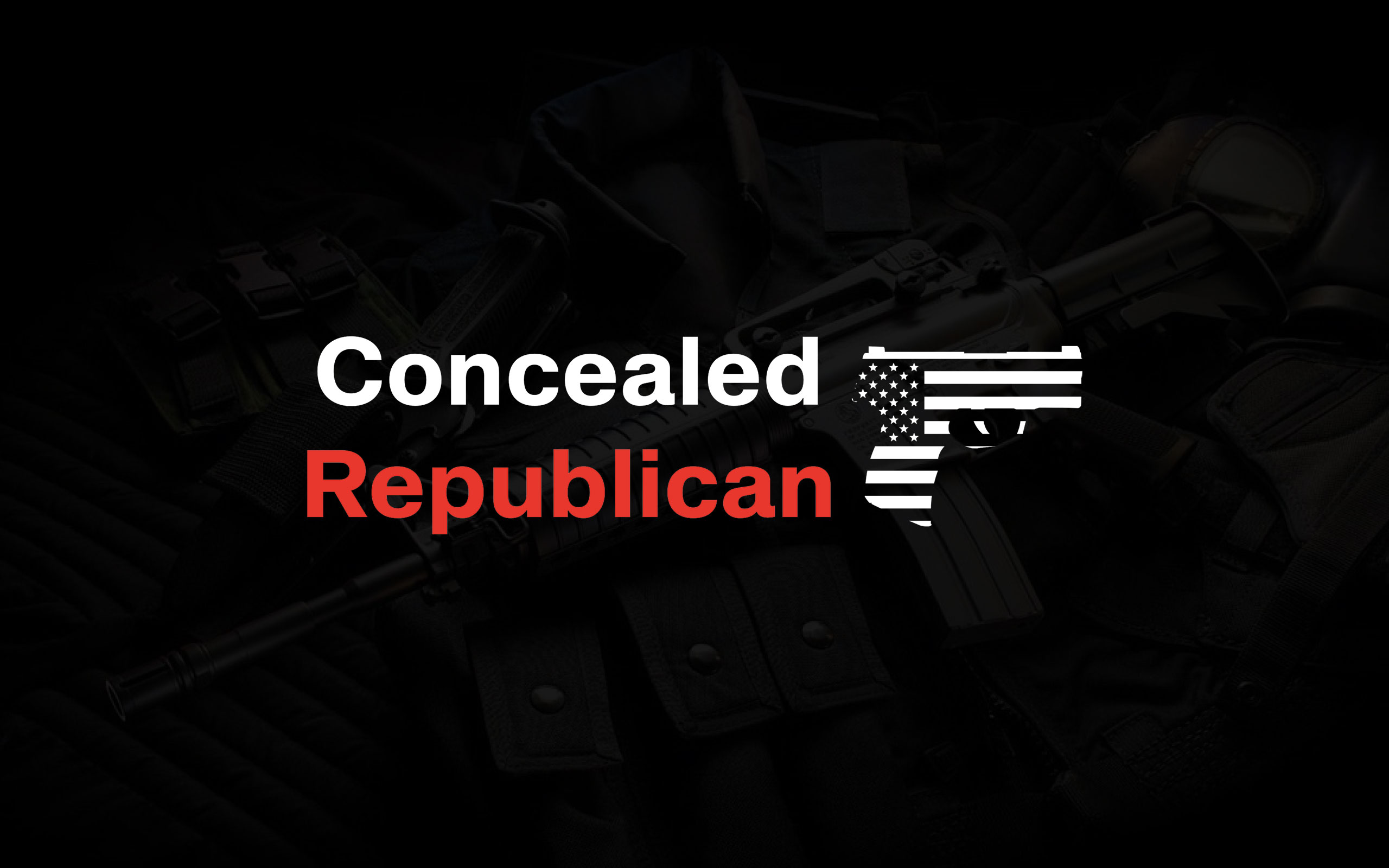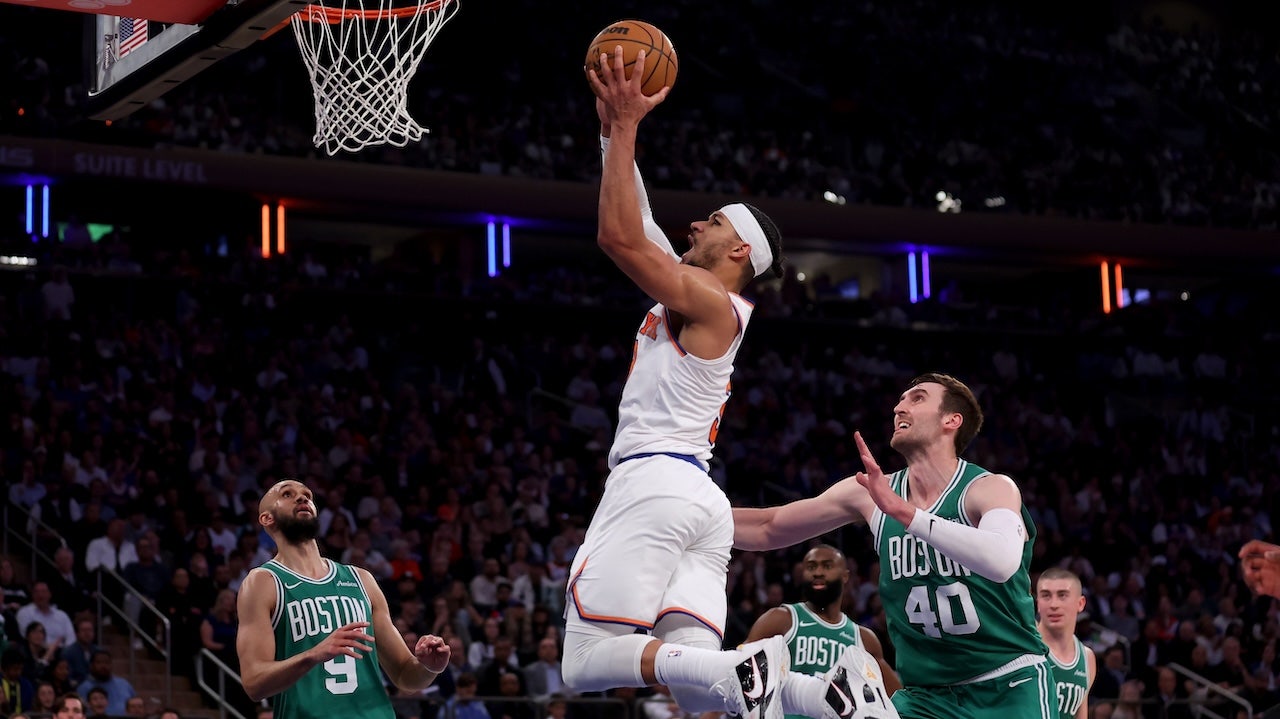Rural voters in California are ramping up efforts to separate their communities from the Democratic stronghold of urban centers like Los Angeles and San Francisco, citing dissatisfaction with the state’s policies and governance.
The initiative, led by Paul Preston, founder of the New California State movement, aims to create a 51st state that represents the interests of rural and conservative Californians.
Preston, a former school administrator, says the effort stems from frustrations over overregulation, high living costs, and what he describes as a “one-party” system dominated by Democrats in Sacramento. “We recognized that we were in a tyranny,” Preston told Fox News Digital.
A significant shift is happening in California as rural voters rally for statehood and independence from liberal urban centers. What’s next in this movement? Catch all the details: https://t.co/C1MAowgpqc #NewCalifornia #Statehood #RuralPolitics
— Paul Preston: Great State of New California (@PaulPre92852859) December 15, 2024
Celebrate Trump’s Historic 2024 Victory with the Exclusive Trump 47th President Collection!
He likened the current political structure in California to a regime that disregards rural communities.
Under the proposal, New California would include most of the state’s 58 counties, excluding Los Angeles County, parts of Sacramento, San Francisco, and sections of the Bay Area.
While the map is still a draft, Preston emphasized that the plan’s goal is to provide rural Californians with governance that better reflects their values and priorities.
Supporters believe that splitting California into two states would result in more responsive policies, particularly on issues like crime, immigration, and economic regulations.
Preston specifically highlighted California’s crime problems, pointing to the recalls of district attorneys in San Francisco, Alameda County, and Los Angeles in recent years as evidence of voter dissatisfaction with lenient policies.
Rural voters also recently passed Proposition 36, a tough-on-crime measure, despite opposition from Governor Gavin Newsom and the state’s Democratic leadership.

The push for New California underscores the longstanding rural-urban divide in the state.
James Gallagher, the Republican leader in the state Assembly, expressed understanding of the frustrations fueling the movement. “It often feels like there are two separate states in California,” Gallagher said.
He explained that inland communities feel neglected by policies crafted in coastal urban centers, such as California’s electric vehicle mandates, which require all new vehicle sales to be zero-emission by 2035.
Tina Hessong, a Yuba City resident, echoed these sentiments. She argued that California is more conservative than national perceptions suggest, pointing to the Electoral College map from the last presidential election. “We are a red state, and the big blue centers — Los Angeles and San Francisco — get all the representation because they have the bigger population,” Hessong said.
California’s history is filled with attempts to split the state.
Since becoming the 31st state in 1850, there have been more than 220 proposals to divide it into smaller states, according to the California State Library.
In 2018, billionaire venture capitalist Tim Draper succeeded in placing a measure on the ballot to divide California into three states.
However, the state Supreme Court later removed the measure, citing legal concerns.
California is not alone in these discussions. In 2020, West Virginia Governor Jim Justice invited rural counties in neighboring Virginia to join his state, offering a haven for those unhappy with urban-dominated policies.
Similar sentiments are now growing in California, particularly in areas frustrated by the state’s high cost of living, homelessness crisis, and controversial sanctuary state policies.
Following the November 5 election, Governor Newsom visited several rural counties, pledging to listen to their concerns. “Message received,” Newsom said. “I care about Trump supporters, RFK Jr. supporters, and everyone living here in California.”
However, he also announced a special session aimed at “Trump-proofing” the state from federal interference under the incoming administration.
Despite Newsom’s outreach, Preston and other supporters of New California remain determined to press forward.
Preston acknowledged that achieving statehood would require legislative approval, but he remains optimistic. “This is really an urban versus rural debate,” he said. “We’ve been received very well in Congress, even by Democrats.”
While the effort faces significant legal and logistical hurdles, supporters argue that a split could address the disparities between California’s rural and urban populations, providing a voice to communities they believe have long been ignored.
The opinions expressed by contributors and/or content partners are their own and do not necessarily reflect the views of LifeZette. Contact us for guidelines on submitting your own commentary.
Read the full article here


![Rural Californians Are Pushing To Separate From Tyranny, Form A New State [WATCH] Rural Californians Are Pushing To Separate From Tyranny, Form A New State [WATCH]](https://www.rvmnews.com/wp-content/uploads/2024/09/2024.09.02-04.23-rvmnews-66d5e6893c688.jpg)







